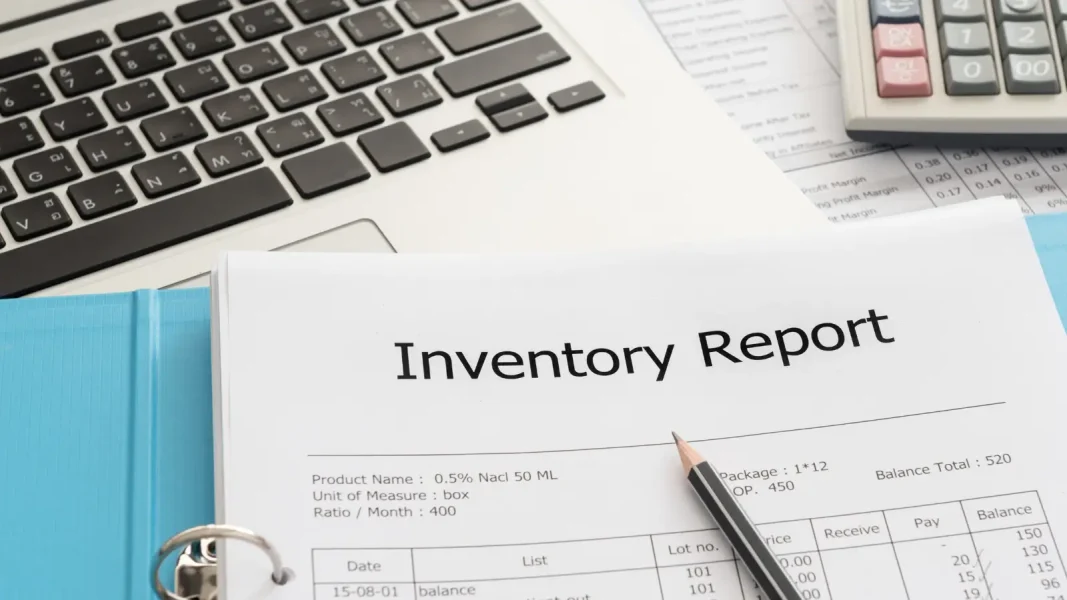Against a backdrop of inflation and saturation in certain markets, many players now see pricing as a performance lever.
To effectively influence prices, however, you need a precise view of your market from a pricing perspective.
Competitive intelligence on pricing is therefore a prerequisite for better understanding your market and making informed decisions on the subject. It is also often a gateway to more ambitious pricing projects.
Indeed, before going any further, you need to start by asking yourself the right questions about who your competitors are and how to gather their pricing information.
In this article, discover all our tips for defining your competitive perimeter.
How do you select which competitors to watch?
Calibrate your competitive perimeter
Optimizing pricing is a key to competitiveness. Whether you choose to align yourself with your competitors, or go in a different direction, a pricing strategy is based on the prices charged by your competitors.
It’s in relation to your market, by comparing yourself with other players, that you can make informed decisions to optimize your performance and shape your price image.
Competitive intelligence on competitors’ prices is a must. But the question is which competitive perimeter to consider.
From this point of view, there are two pitfalls to avoid:
- Considering your only competitor to be the market leader: if you only seek to position yourself in relation to one competitor, you run the risk of seeing other players, sometimes more comparable to your brand, gain in competitiveness.
- Assume that everyone is your competitor: you make benchmarking more complicated and, above all, more difficult to analyze and read.
It’s all about finding the right balance between too few and too many competitors to include in your watch. This involves comparison criteria that you can prioritize.
You can then prioritize your list of competitors into several categories. For example, in the first category, you’ll place your priority competitors. In the next, you’ll include important but less frontal competitors, and in the last, competitors who are a little less direct but on whom you want to have a minimum of visibility.
What criteria should you use to identify your priority competitors?
From a benchmarking point of view, your first priority is to compare yourself with the competitors who are most like you. It’s common sense: compare like with like.
As a result, the most important criteria for defining your competitive perimeter are also the most obvious:
- Products or services: competitors who offer products or services similar to yours are the first to consider.
- Customer typologies: you’re going to compare yourself first and foremost with brands that target the same types of customers as you do.
- Geographical area : players who do not operate in the same catchment area are not head-on competitors.
- Pricing strategy: you’ll prioritize competitors whose pricing strategies and price levels are closest to yours.
- Market share: Here again, for the sake of comparability, you’ll give priority to players with a market share relatively close to your own. If you’re a major player in your market, there’s little point in including a small outsider in your benchmark.
For example, you’re a food distributor operating nationwide. You sell consumer goods. Logically, you’ll be comparing yourself to other national supermarket chains with similar prices.
Your priority competitors are those of roughly the same size as you, with a comparable network structure and a relatively similar mesh size. It makes sense to prioritize these players because they’re precisely the ones that consumers compare you to. You can also identify your main competitors by listening to their customers, and incorporating questions about their decision paths into your surveys.
From a strategic point of view, price changes by these competitors are likely to affect you, and vice versa. So it’s in your interest to analyze their pricing data to inform your own pricing decisions.
How granular is your competitor monitoring?
Define your lists of secondary competitors
In general, chains know how to identify their priority competitors. But it gets more complicated when you want to integrate secondary competitors.
Take DIY stores, for example. They know their direct competitors. But in certain product categories, they also compete with players in the pet, garden and hardware sectors. Part of their assortment overlaps. These indirect competitors sometimes have very large, highly specialized networks, and take market share.
Trade-offs are necessary. For generalists, should specialist chains be included in the competitive perimeter? And vice-versa, if you’re a specialist, should you consider generalist chains as competitors and seek out their pricing information?
In this case, you’ll need to compare product ranges to decide whether or not to align.
The same applies to online players. Should they be taken into account? Here again, it depends a great deal on the type of product. On a product where customers tend to compare prices online and in-store, such as a TV, it makes sense to align. However, on products where consumers almost always buy in-store, this is not necessarily necessary.
Finally, some players may have an impact on your business and your market share, but don’t really fit your criteria. For example, a discounter with a very aggressive pricing strategy. You know you can’t align yourself. Product ranges are very difficult to compare. But maybe you still want to keep an eye on it, if only to see how it evolves in terms of price.
Proceed by iterations
Identifying your competitors isn’t as easy as it sounds. This approach raises many questions about :
- Customer types
- How customers compare players
- Comparability of products sold by different players
Beyond the obvious criteria, the number of products in common, or comparable, is often a decisive criterion for taking a competitor into account or not.
In practice, it’s very complex to define a list of competitors to align with, especially when you want to go beyond your direct competitors. That’s why we recommend iterations. You can draw up a list of competitors you follow over a given period, then re-challenge this list, removing irrelevant players and including others.
It’s also important to bear in mind that behind competitor tracking lies the work of analysis. Depending on how your pricing team is structured, it’s also important to size up the number of competitors you need to track.
Defining the competitive perimeter at regional and local level
In addition to the definition of the perimeter by the head office, alignment can also be carried out at regional or specific zone level.
In this case, the various levels of the company work together to identify competitors operating in a region or local catchment area.
In general, it’s the regional manager or store managers who pass on information that a player is having an impact on the market share of their outlets.
How to carry out competitor price surveys
Visit pricing is another issue that arises when you want to compare yourself to your competitors in terms of pricing.
For some players, product prices are easily accessible online. For others, it’s more complicated to know what the real in-store prices are. If they have a differentiated pricing strategy, information is harder to find.
In this case, you have several options:
- Buy price data
- Use a service provider to check prices in-store
- Check prices yourself with a dedicated application or manually
In general, statement information is necessary. In fact, online information is rarely exhaustive. This implies setting up well-defined store survey processes: defining the types of stores to be surveyed, the mesh, etc.
- - - - - - - - - - - - - - - - - -
Defining the competitive perimeter involves more than simply listing rival companies. It’s a strategic process that requires a detailed understanding of market dynamics, consumer behavior and industry trends.
By carefully identifying competitors to monitor, adjusting the granularity of our surveys to your market’s specificities and adopting an iterative approach, you’ll be better equipped to make informed pricing decisions.
Last but not least, gathering relevant information is a key element in fueling your thinking and your pricing strategy.
Would you like to start thinking about your competitive environment? Contact our team to discuss your project.






